Top Things to Know Before Buying Hardy Indoor Plants: Your Green Thumb Guide
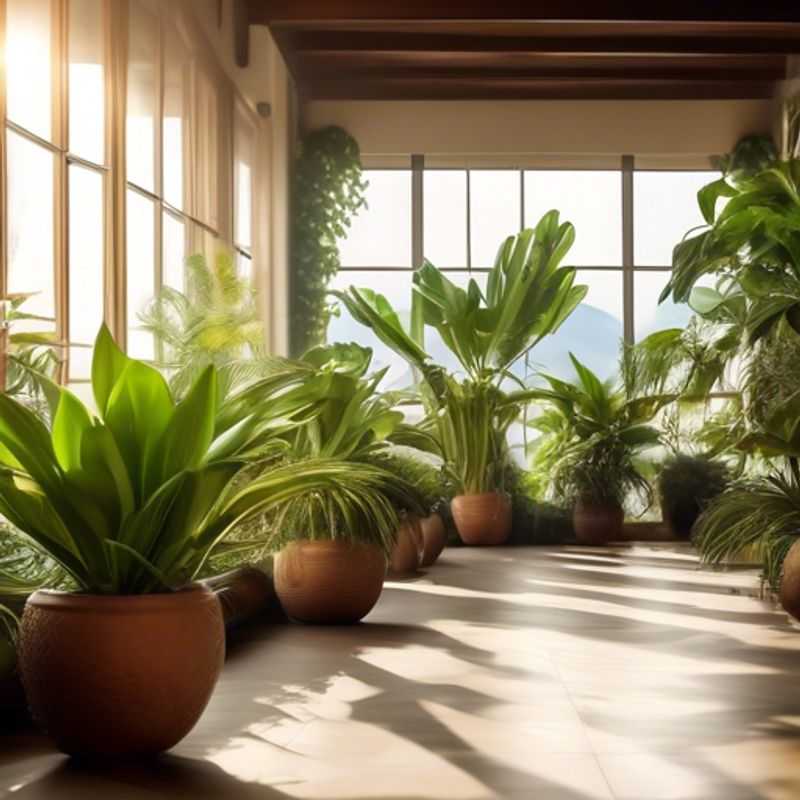
7 Key Factors to Consider Before Bringing Home Your New Hardy Indoor Plant: Understanding Lighting Needs, Drainage, Soil Type, Watering Frequency, Temperature and Humidity Preferences, Growth Habits, and Maintenance Requirements
Hey plant lovers! Bringing the outside in with hardy indoor plants can really brighten up your space, but before you dive into the green world, there are a few key things to know.
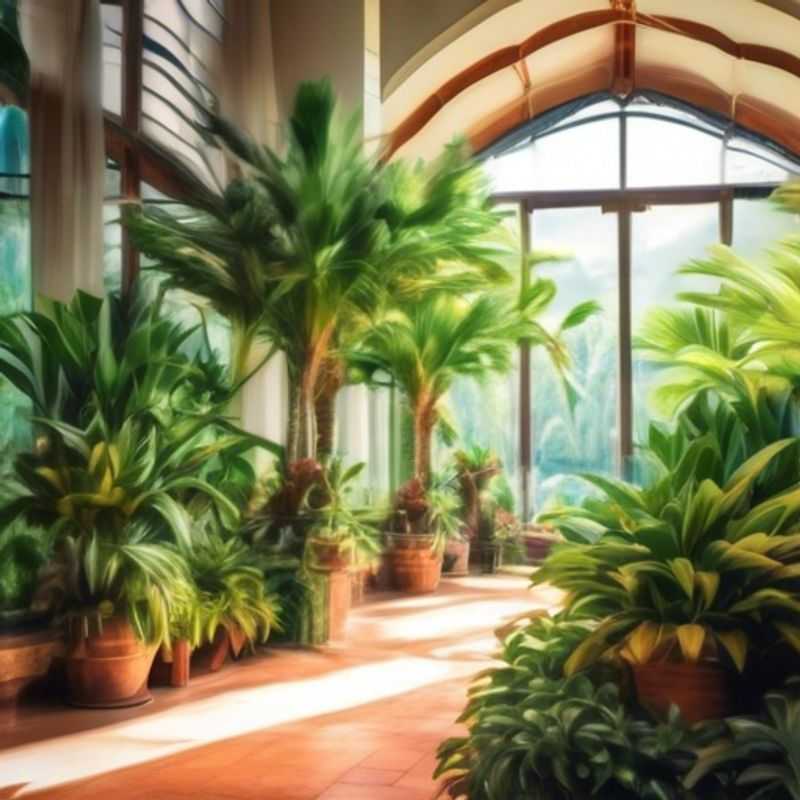
Shining a Light on Plant Success: Understanding Lighting Needs for Different Species
Understanding the specific lighting requirements for your plant species is crucial for their healthy growth and development. Each plant species has evolved to thrive in certain light conditions, ranging from full sun to deep shade. To determine the appropriate lighting for your plant, consider the following:
Light Intensity: This refers to the amount of light a plant receives. It's measured in foot-candles or lux. A sunny windowsill typically provides 1,000 to 2,000 foot-candles, while a shady spot might offer only 100 to 500 foot-candles.
Light Duration: Plants need a certain amount of daily light exposure to photosynthesize and grow. This varies based on species but generally falls between 4 to 12 hours.
Light Spectrum: The color of light also plays a role. Plants need a balance of red and blue wavelengths for healthy growth. While sunlight contains all colors, artificial light sources might require special bulbs to provide the correct spectrum.
Plant's Native Habitat: Researching a plant's natural habitat can provide valuable insights into its lighting preferences. For example, plants originating in tropical rainforests thrive in low-light conditions, while desert plants need abundant sunlight.
Visual Cues: Observe your plant's foliage for signs of lighting issues. Yellowing leaves often indicate low light, while burned or scorched leaves may suggest too much light.
By carefully considering these factors and providing your plants with the appropriate lighting conditions, you can create an environment that fosters their growth and beauty.
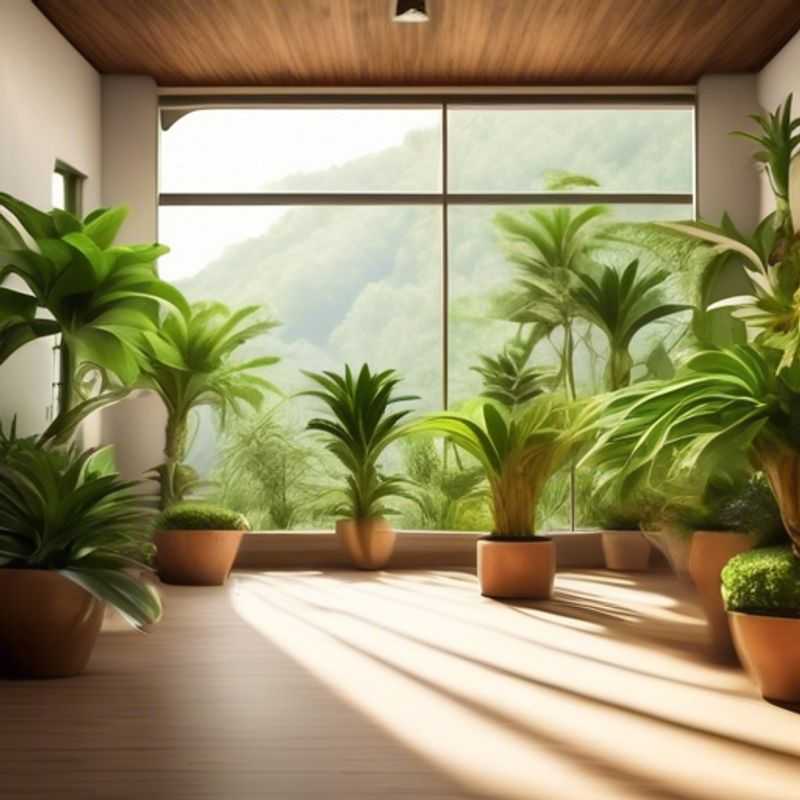
Keep Your Plants Happy: Ensuring Proper Drainage to Prevent Root Rot
Proper drainage is crucial for plant health and preventing root rot. Root rot occurs when roots sit in waterlogged soil, leading to decay and eventual plant death. Ensuring adequate drainage is vital for the well-being of your plants.
Here's how to ensure proper drainage for your plants:
1. **Choose pots with drainage holes:** Pots without drainage holes will trap water, leading to root rot. Look for pots with multiple holes at the base to allow excess water to escape.
2. **Use the right potting mix:** A well-draining potting mix is essential. Avoid dense, clay-based mixes that retain too much moisture. Opt for a mix that includes perlite or vermiculite to improve drainage.
3. **Water appropriately:** Overwatering is a common cause of root rot. Let the top inch of soil dry out between waterings. Avoid watering until the soil is completely dry.
4. **Check for drainage:** After watering, observe if water is draining out of the pot's holes. If not, consider repotting the plant in a container with better drainage.
5. **Provide adequate airflow:** Ensure the pot is not placed in a stagnant area with poor air circulation. This can contribute to waterlogging and increase the risk of root rot.
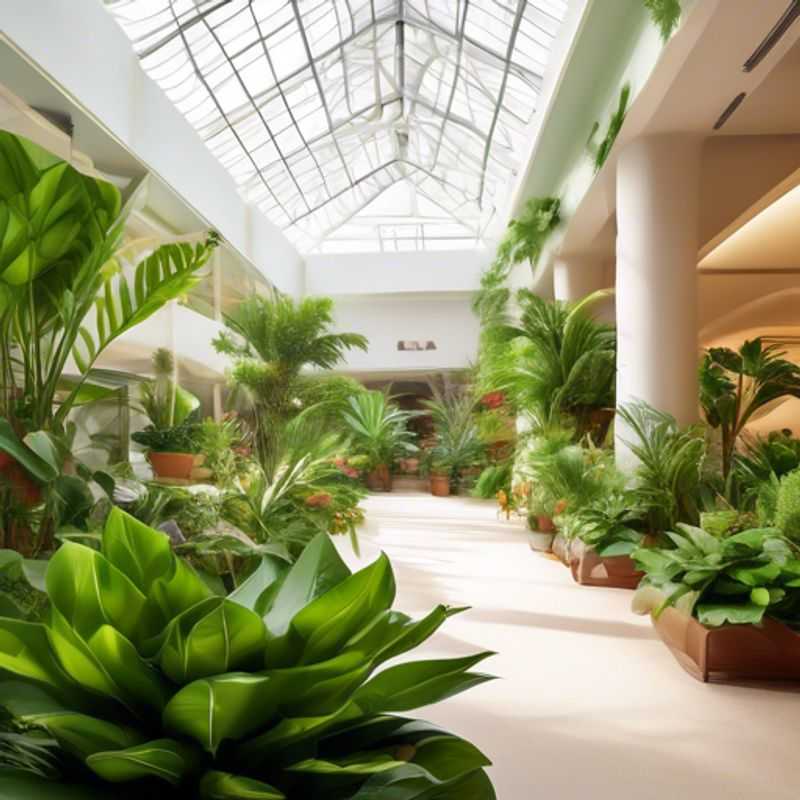
Unlocking Plant Success: How to Find the Perfect Soil and pH Match
To find the ideal soil type and pH level for your plant, you need to know the plant's specific needs. Every plant has different requirements for thriving. You can find this information online, in gardening books, or from plant nurseries.
Soil type refers to the texture and composition of the soil. Sandy soil drains quickly, clay soil retains water, and loam is a good mix of both. Your plant's needs will determine the best soil type for it.
pH level measures the acidity or alkalinity of the soil. It is measured on a scale from 0 to 14, with 7 being neutral. Most plants prefer a pH between 6.0 and 7.0, but some like it more acidic or alkaline.
To determine your soil's pH, you can use a soil testing kit, which you can purchase at most garden centers. It is important to test your soil regularly, as pH can change over time. You can then adjust the pH with lime or sulfur, depending on whether you need to make it more alkaline or acidic.
Once you know the ideal soil type and pH for your plant, you can choose the best soil mix and amend it accordingly. You can also use soil amendments to improve drainage, aeration, and fertility.
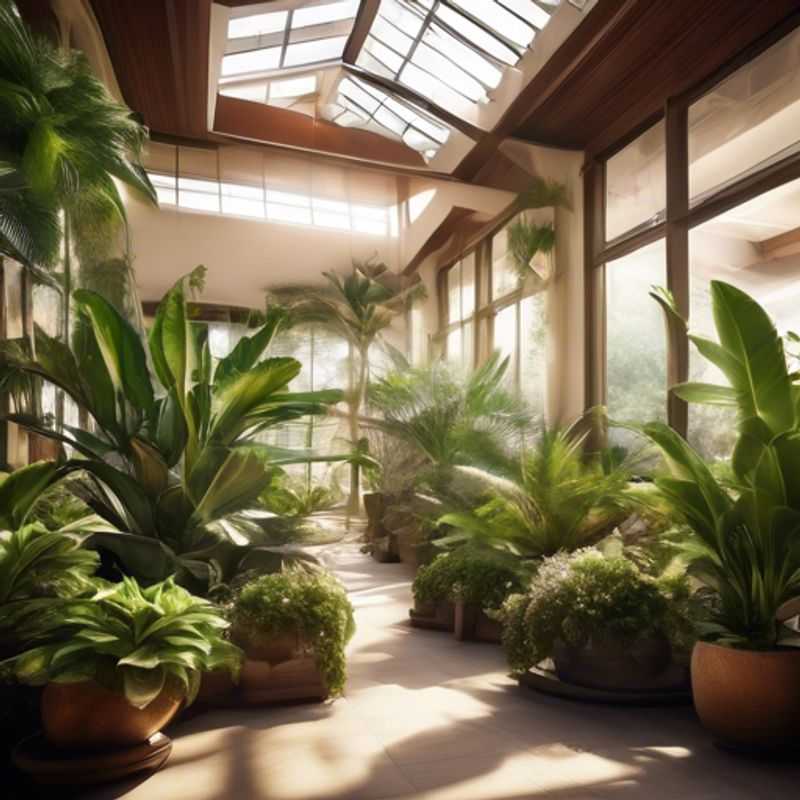
Watering Wisdom: Understanding Your Plant's Thirst
Watering frequency depends on factors like the plant species, pot size, soil type, and environmental conditions like temperature, humidity, and sunlight. Generally, plants need water when the top inch of soil is dry.
To check, you can insert your finger into the soil. If it feels dry, it's time to water.
Overwatering is common, leading to root rot. Avoid watering until the soil is completely dry to prevent this. You can also use a moisture meter for greater accuracy.
It's best to water thoroughly, ensuring the entire root system is moistened. However, avoid letting water sit in the saucer for too long.
Remember to adjust your watering schedule based on the season, as plants require less water during colder months.
Regularly assessing your plant's needs and adapting your watering routine is key for keeping your plants healthy and thriving.
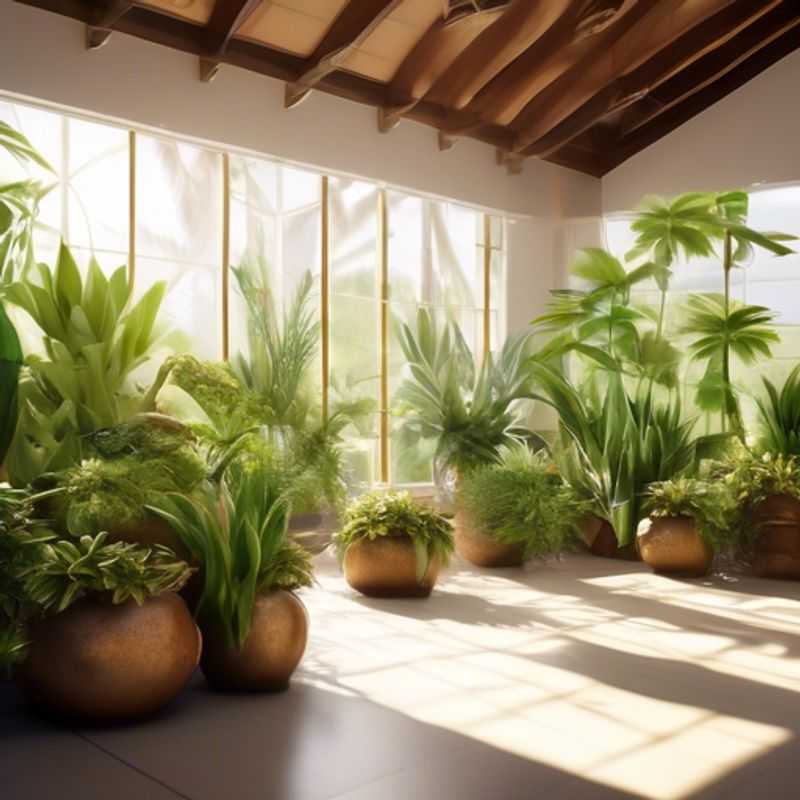
Know Your Plants: Temperature Tolerance and Humidity Preferences
Knowing your plant's temperature tolerance and humidity preferences is crucial for its health and growth.
Temperature is the key factor influencing a plant's growth rate and overall well-being.
Humidity is another crucial factor that significantly impacts a plant's health. Plants thrive in specific humidity levels, which vary depending on their species.
Understanding the optimal temperature and humidity ranges for your specific plants allows you to create a suitable environment for their growth.
You can use a humidity meter to monitor the humidity levels in your home.
Adjusting the humidity around your plants is possible with various techniques.
These include misting, placing a humidifier, or using pebble trays.
Consult your local gardening center or online resources for detailed information on your plant's specific temperature and humidity requirements.

Know Before You Grow: Understanding Plant Habits and Size
Understanding a plant's growth habits and potential size is crucial for successful gardening. This knowledge helps you choose the right plants for your space, avoid overcrowding, and ensure they thrive.
Growth habits refer to how a plant grows and spreads. Some plants are upright and compact, while others are sprawling and vine-like.
Potential size refers to how big a plant can get in ideal conditions. This includes its height, width, and overall spread. This information is usually found on plant tags or online resources.
Consider factors like sunlight, water, and soil when assessing a plant's growth potential. Different conditions can influence the final size.
Don't be afraid to research: online resources and gardening books provide detailed information about plant growth habits and potential size.
By understanding a plant's growth characteristics, you can make informed decisions about plant selection and placement, leading to a flourishing garden.

Plant Maintenance Matters: Pruning, Repotting, and More
Plants, like any living beings, require care and attention to thrive. One crucial aspect of plant care involves understanding and meeting their maintenance needs. This includes tasks like pruning and repotting, which are essential for promoting healthy growth and longevity.
Pruning involves removing dead, diseased, or overgrown parts of the plant. It helps to encourage new growth, improve airflow, and maintain a desired shape. This practice can be performed throughout the year, depending on the plant species.
Repotting, on the other hand, involves transferring a plant to a larger container with fresh potting mix. It is typically required when a plant's roots have outgrown its current pot and are starting to become rootbound. Repotting provides the plant with more space to grow and access to fresh nutrients.
The frequency of both pruning and repotting varies depending on the plant species, its growth rate, and environmental conditions. However, it is generally advisable to prune regularly and to repot every 1-2 years.
While these tasks might seem like simple chores, they are crucial for the overall well-being of your plants. Neglecting these maintenance requirements can lead to weakened plants, stunted growth, and even death.
Remember that every plant is different, and their specific needs may vary. If you are unsure about how to care for a particular plant, it is always best to consult a gardening expert or reliable online resources.
